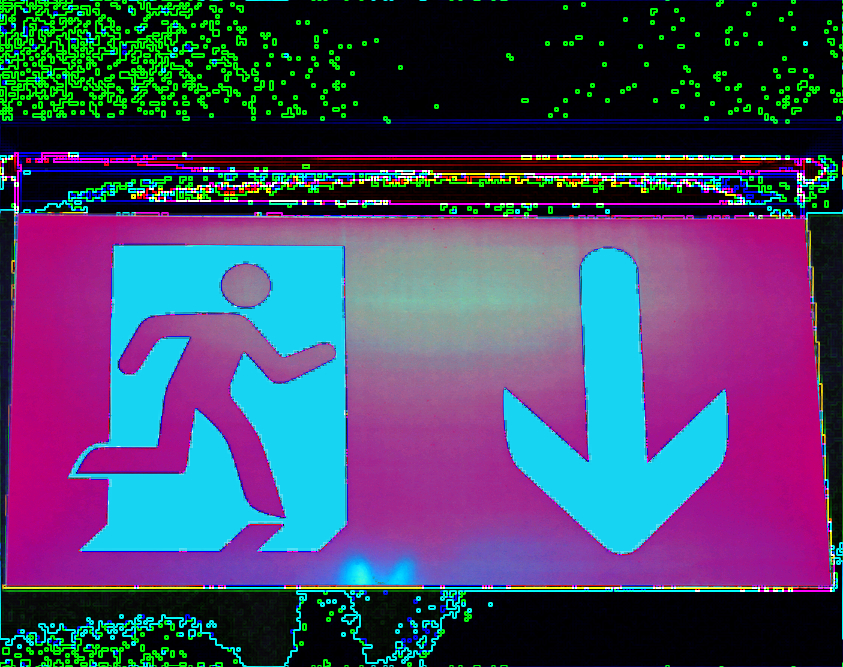New lights show old signs the exit
 Australian researchers are taking a high-tech approach to safety lighting, with a new system that is well aware of its own faults.
Australian researchers are taking a high-tech approach to safety lighting, with a new system that is well aware of its own faults.
Emergency lighting is a vital yet expensive part of any of commercial buildings, but Deakin University researchers say they found a cheaper, safer and more reliable way to operate them.
Researchers from the schools of Engineering and Information Technology have created an automated monitoring product involving networked devices that can talk to each other.
“If one device goes down, the communication messages are rerouted through neighbouring devices within the network, facilitating automated self-testing and real-time fault detection which improve the reliability and integrity of emergency lighting systems – potentially saving lives when fires, accidents or natural disasters occur,” Deakin School of Engineering researcher, Associate Professor Abbas Kouzani said.
According to the Building Code of Australia, certain classes of buildings, including office buildings, shops, carparks, health-care buildings, school buildings, aged-care buildings, among others, are required to have emergency and exit lighting.
“The system offers a low cost wireless mesh network platform in which node failure and signal interference are managed through the self-healing property of the technology,” Associate Professor Kouzani said.
“The wireless system operates at a lower frequency than the standard wireless systems, reducing the chance of interference with mobile and other wireless device.
“This also allows the signal to have better penetration through barriers such as thick concrete walls and enhances the network's reliability.
The system should be more reliable and robust than current monitoring methods because it features continual central automated monitoring.
By watching itself constantly, it can detect faults or low batteries as soon as they appear, and remove any chance of maintenance short cuts being taken by individual enterprises.
“We believe this technology can have applications beyond emergency lighting and exit systems, offering advances for everything from home appliances to building automation to smart street lighting,” Associate Professor Kouzani said.
The technology one of the first to be funded through the Federal Government's new Research Connections program, and was developed with industry partner MPower.







 Print
Print